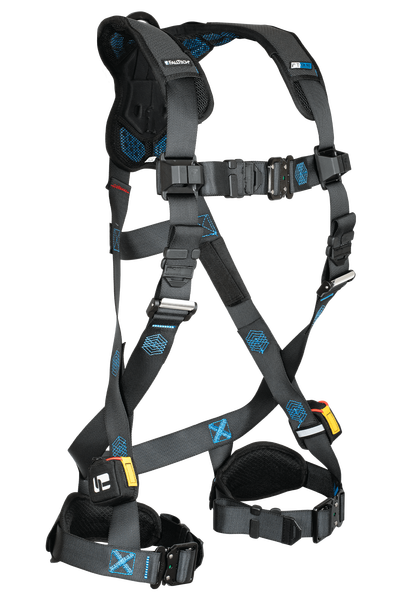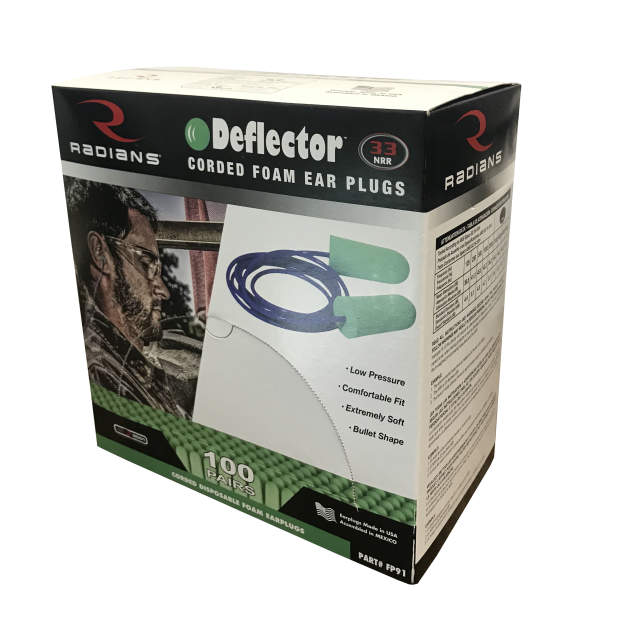Reusable TPR Corded Ear Plugs - NRR 27
Reusable TPR Corded Ear Plugs - NRR 27
PIP Canada Ltd
Ships From Manufacturer
SKU:NP267HPR410C
Couldn't load pickup availability
Ensure your comfort and safety in dirty working environments with our 267-HPR410C Ear Plugs. The smooth, dirt-repellent surface can easily be cleaned with soap and water, preventing minor injuries and irritation. Experience the value and peace of mind these ear plugs provide.
Features
- Pre-formed plug shape with no rolling required makes insertion simple
- Self-sealing flanges give all day comfort
- Rigid stem makes insertion easy and reduces the risk of contamination
- Corded versions use a non-resonating textile cord for comfort and easy storage
- Cord can be detached for added safety when working around machines, or when the TPR plug is to be cleaned using soap and water
- Can be reused several times, making them very cost efficient
- Moderate attenuation allows for safe usage that blocks out hazardous noise yet allows warning signals and voices to be clearly understood
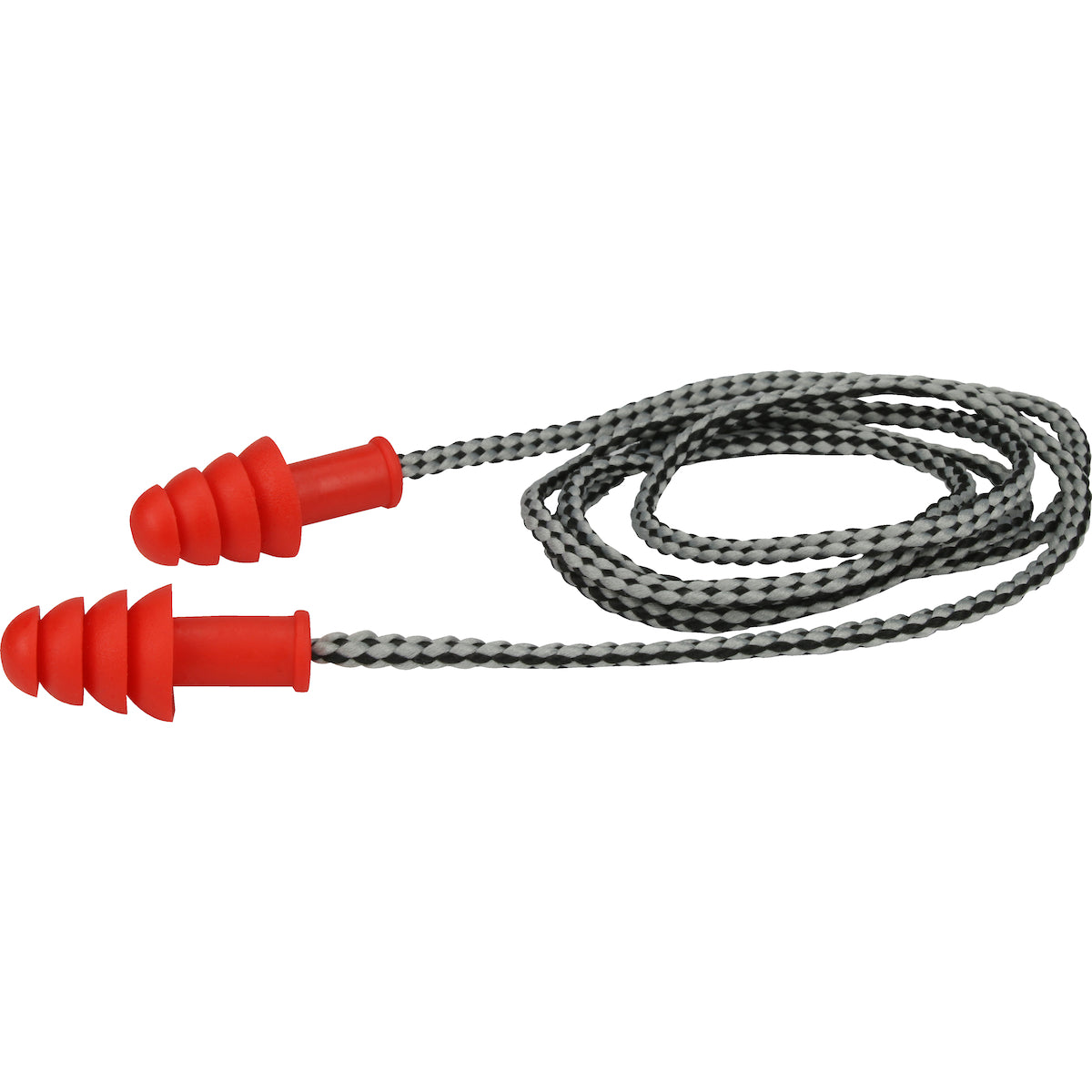
Noise Reduction Ratings
Understanding NRRs
The Noise Reduction Rating (NRR) measures how much a hearing protection device (HPD) reduces sound levels in a lab test. However, it doesn't consider the loss of protection when HPDs aren't fitted properly or worn for the entire exposure time. For many users, the NRR printed on the label overestimates the actual protection in real-world situations.
The NRR on the label is based on a lab test where the HPD is fitted on 10 different people by the tester. This method often results in high ratings, up to 33 dB. Research shows that these ratings are higher than what many users actually experience. Therefore, it's recommended to adjust the NRR before estimating the HPD's effectiveness.
To adjust the NRR:
- Subtract 7 dB if noise is measured on the A-weighted decibel scale (dBA).
- Divide the result by 2. This is called "derating".
In the future, a new method called the NRR (SF), or subject fit, will be used. In this method, subjects fit their own HPD according to the manufacturer's instructions. The NRR (SF) is usually a lower rating than the current NRR, and it may be closer to the actual performance of the HPD.
Hearing Protection
-
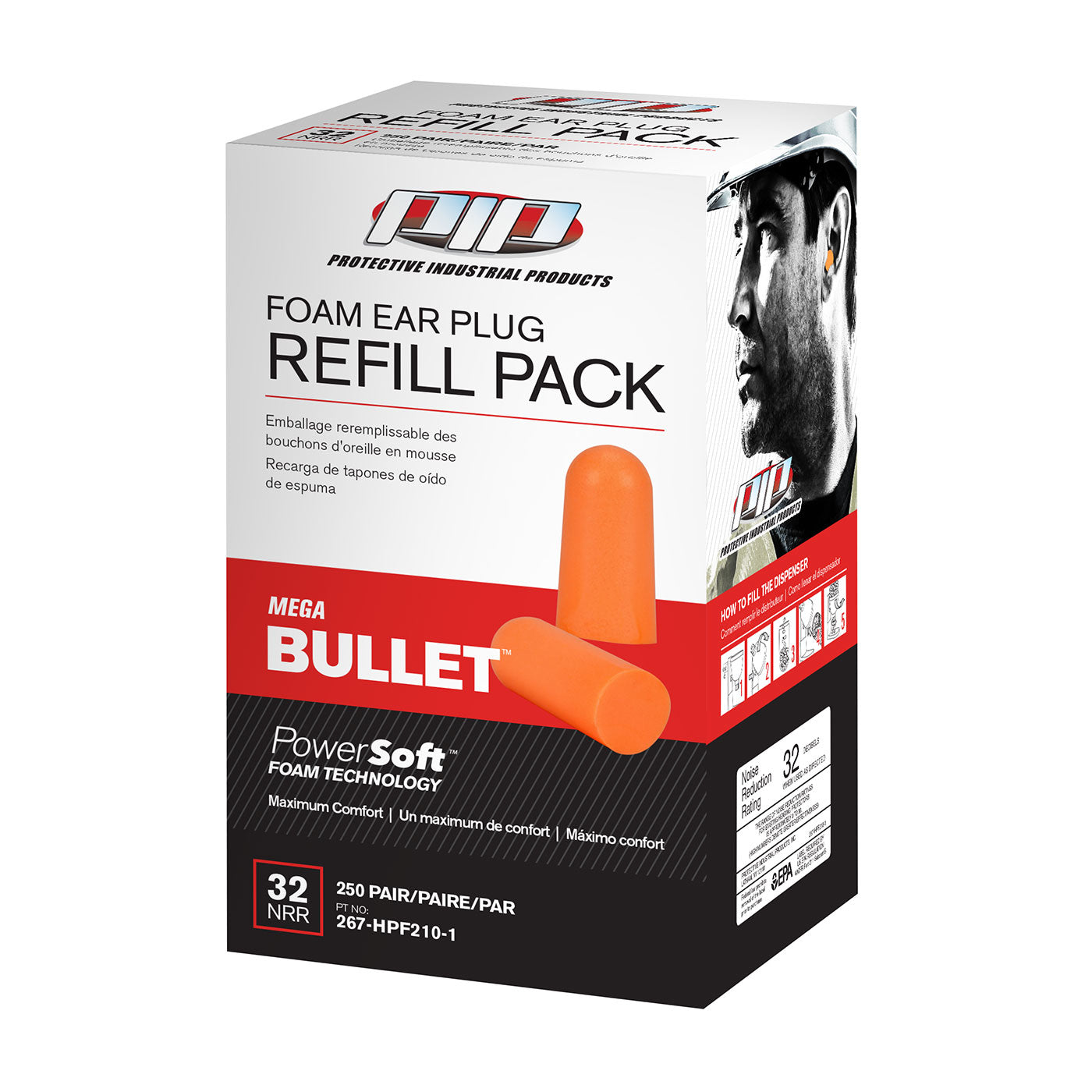
Earplug Dispensers & Refills
Refill your earplug dispenser with Supplynows bulk earplug refill packs.
-
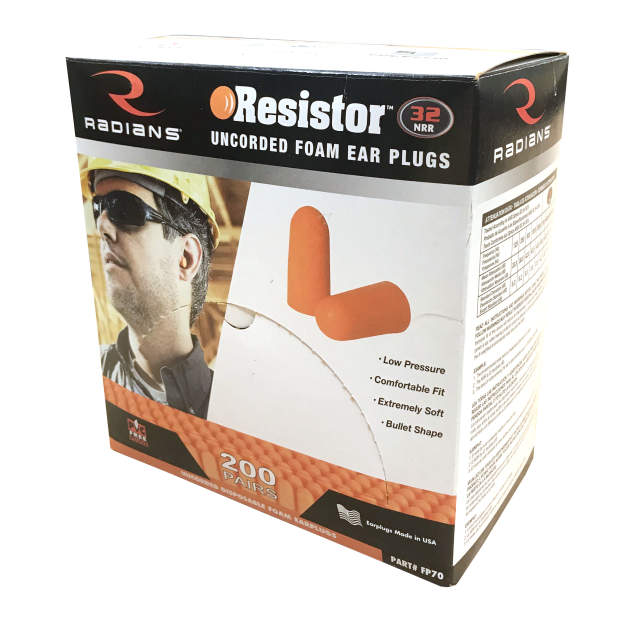
Disposible Earplugs
Shop individually packaged earplugs and bulk refill packages.
-
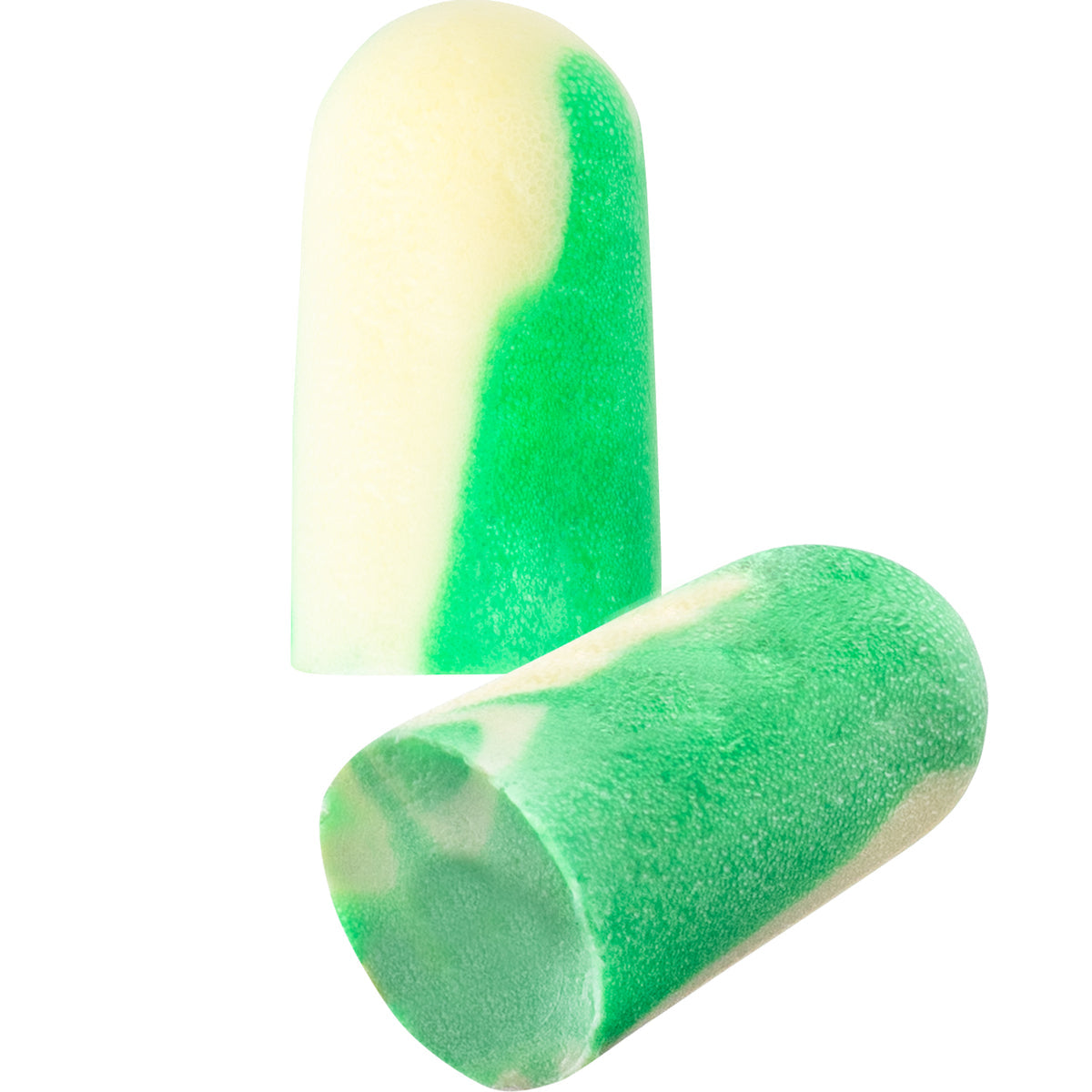
Sustainable Earplugs
Introducing the worlds first bio-based earplugs. Earplugs sources from 82% sustainable materials...
